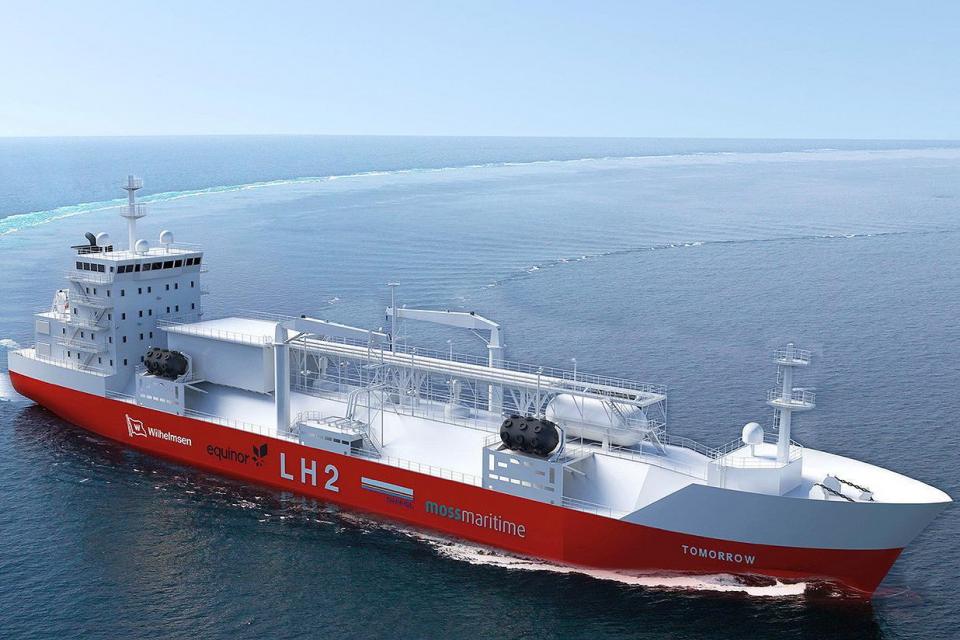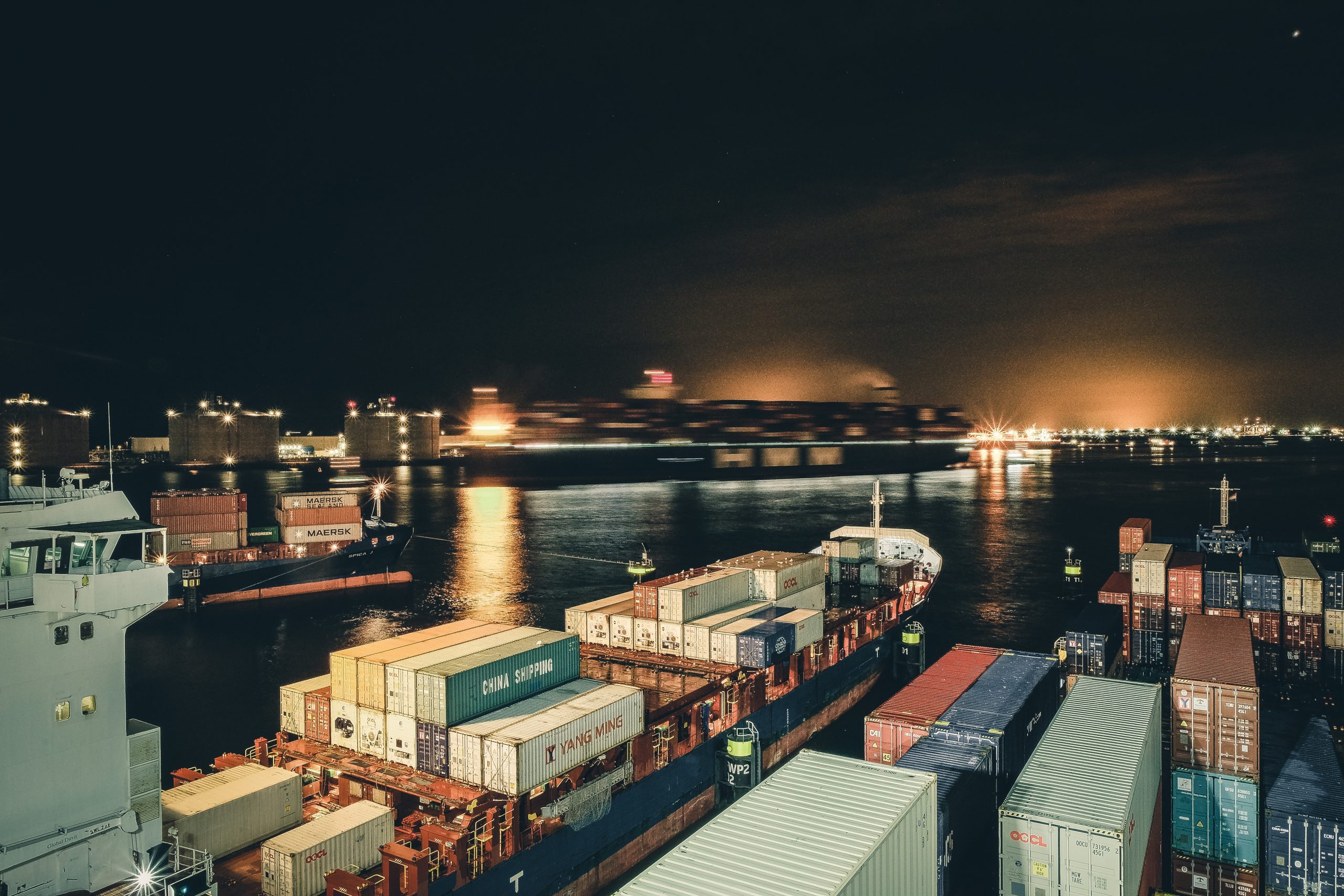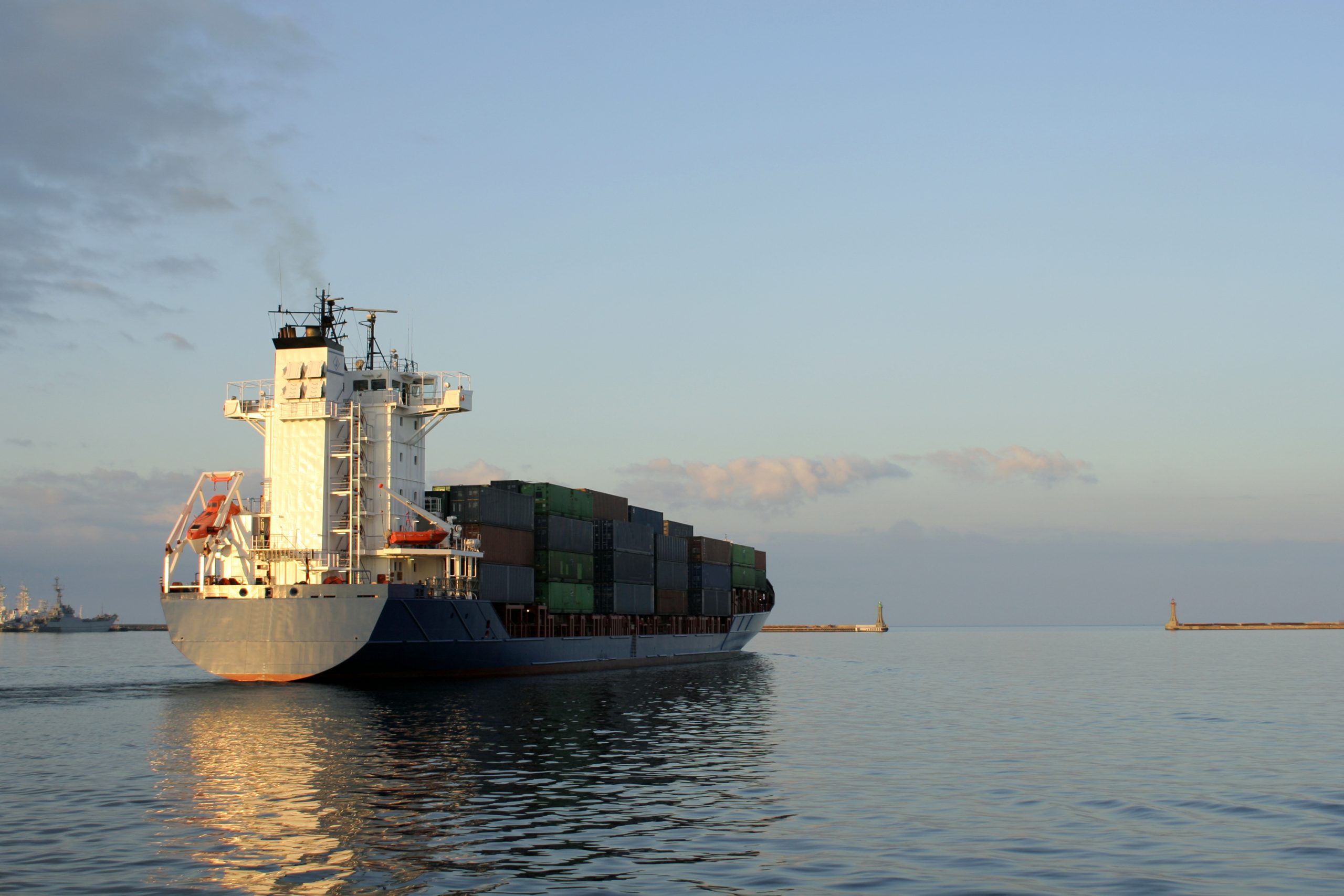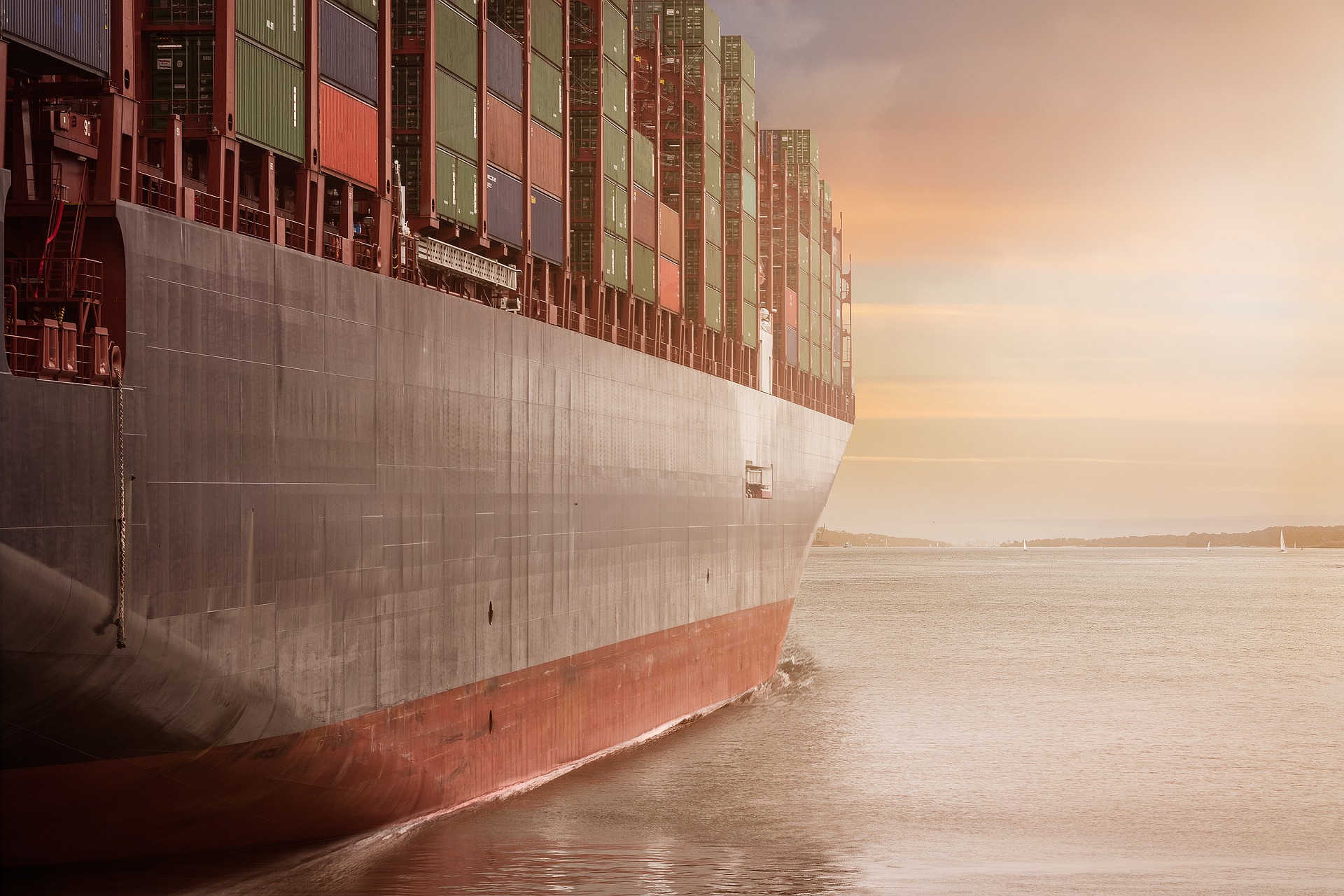What is the impact of shipping on climate change?
The Third IMO GHG Study (2014) estimated that for the period 2007-2012, shipping emitted about 1,000 Mt CO2 per year, equaling approximately 3.1% of annual global CO2 emissions. The latest update to the study by CE Delft projects shipping emissions to increase by up to 120% by 2050 if other sectors decarbonise successfully. Under a business-as-usual scenario and if other sectors of the economy reduce emissions to keep the global temperature increase below 2 degrees Celsius, shipping could represent some 10% of global GHG emissions by 2050.
Shipping also contributes to climate change through emissions of Black Carbon, tiny black particles, produced by combustion of marine fuel. The highest amounts of black carbon particles are produced by ships burning heavy fuel oil. Black carbon accounts for 21% of CO2-equivalent emissions from ships, making it the second most important driver of shipping’s climate impacts after carbon dioxide. Currently there are no regulations controlling black carbon emissions from shipping.
Is shipping included in the Paris Agreement?
Until the Paris agreement was finalised at the end of 2015, the major climate agreement in force was the Kyoto Protocol which tasked developed countries to work through the IMO to cut emissions. The Paris agreement is different. Unlike Kyoto, which had specific emission targets only for developed countries, the Paris agreement requires all parties to address all emissions. Parties are required to establish ‘economy-wide’ emission reduction targets, and shipping is clearly a key part of the economy. Read more here.
What action is the IMO taking to address climate change?
In April 2018 the IMO agreed a draft greenhouse gas strategy for shipping requiring the shipping sector to reduce its emissions by at least 50% by 2050 compared to 2008’ while pursuing efforts towards phasing them out as soon as possible. It was agreed that carbon intensity of international shipping should decline with reductions in CO2 emissions per transport work, as an average across international shipping, by at least 40% by 2030, pursuing efforts towards 70% by 2050, compared to 2008.
This is to be achieved by an agreed set of short, medium and long measures which are the subject of ongoing negotiations. The candidate short-term measures, include strengthening the energy efficiency requirements for existing ships (EEDI), speed and other technical and operational measures. CE Delft has analysed the impact of the proposed short-term measures on emissions and concludes that only with measures that change operational practices (for example, the vessel speed) the 2030 target can be met. On their own, technical measures or measures that remove market barriers will not improve carbon intensity sufficiently to meet the global goal for reducing energy intensity of shipping of 40% by 2030.
Despite these plans and many successive rounds of negotiations, the IMO has so far failed to adopt reduction measures to set the maritime sector on a pathway compatible with the temperature goals of the Paris Agreement.
What is the EEDI?
The IMO’s Energy Efficiency Design Index (EEDI), approved in July 2011, is the first globally-binding design standard aimed at abating climate change from shipping. It applies to (almost) all new ships and entered into force in 2013. The index requires new ships to become more energy efficient, with standards that will be made increasingly more stringent over time. Read our questions and answers on the IMO’s EEDI.
How much more fuel efficient will EEDI ships have to be, and by when?
Different classes and sizes of ships will have different standards to meet. Standards are compared to the baseline, set as the average efficiency of ships built between 1999-2009.
- Phase I: an overall 10% improvement target in vessel energy efficiency applies to new ships built between 2015 and 2019;
- Phase II: ships built between 2020 and 2024 will have to improve their energy efficiency by 15 and 20%, depending on the ship type;
- Phase III: Ships delivered after 2025 will have to be 30% more efficient;
Smaller ships have different efficiency requirements for each phase.
New ship designs less fuel-efficient than those built in 1990
Ships built in the first decade of the 2000s were, on average, less fuel-efficient than those built in the 1990s, according to the first study of the historical development of the design efficiency of new ships. The data indicates that new ships, such as bulk carriers, tankers, and container ships, built in 2013 were, on average, 10% less fuel-efficient than those built a quarter of a century ago. The findings contradict the shipping industry’s narrative that it has been constantly improving its environmental performance.
EEDI standards too weak to drive improvements
Since 2013, however, the design efficiency of ships has improved considerably. Industry claims it is due to the EEDI but this cannot explain some of the extraordinary levels of over-compliance being seen by certain types of new ships with the 2025 Phase III EEDI requirements, which are complying almost a decade in advance and sometimes by a factor of 2. Cyclical higher fuel prices and low freight rates are more likely to be the main drivers of efficiency. Although the current over-compliance is welcome news, without strengthening the EEDI new ships will likely be less efficient when market conditions (long-term fuel prices and freight rates) change.
IMO discussion has acknowledged that the EEDI is not stimulating the uptake of new technologies, nor is it driving efficiency improvements. Read the study here. Since 2013 newly-built ships subject to the EEDI have performed much the same as those not covered by the regulation.
Almost three-quarters (71%) of all new containerships, which emit around a quarter of global ship CO2 emissions, already comply with the post-2025 requirements of the IMO’s Energy Efficiency Design Index (EEDI), according to a recent study based on the in-house analysis of the IMO’s own data. Additionally, the best 10% of new containerships are already almost twice as efficient as the requirement for 10 years’ time. This reveals that the EEDI is not incentivising the uptake of new technologies – all it may do is prevent a reversion to the worst designs of the past. These recent efficiency gains are part of a recognised historical trend for ship design efficiency to fluctuate according to economic cycles and fuel prices.
While reducing design speed is a very effective way of improving the design efficiency of a ship, there has in fact only been a modest reduction in the average design speed of new vessels according to the data analysed (and that has largely been limited to container ships). Meanwhile the design efficiency of new vessels has improved considerably. With efficiency improvements via new technologies and speed reduction largely untapped, there remains considerable potential for further design efficiency improvements but these will not be taken up unless the IMO incentivises them through stricter EEDI requirements.
What is slow steaming?
Slow steaming refers to the practice whereby the (operational) speed of the ship is reduced. It basically means that the ship’s engine is not used at full power, thus saving fuel, reducing CO2 and air pollutant emissions.
Reducing ship speed by 10% will lead to a 27% reduction of the ship’s emissions. Overall, if all ships were to slow-steam, the available capacity on the market would be reduced (more ships would be needed to carry out the same transport work). If the additional emissions of building and operating these new ships were considered in the equation, then reducing the fleet’s speed by 10% would lead to overall CO2 savings of 19%.
Click here to see how a 20% reduction in ship speed would have a big impact on the climate and environmental footprint of shipping.
What is the purpose of developing slow steaming?
Reducing the (operational) speed of ships multiplies the positive effects of an energy efficiency index, as it results in burning less fuel and therefore emitting less CO2 and other greenhouse gases. It also contributes to significantly lower emissions of air pollutants such as NOx and PM, with benefits greatly outweighing costs. Slow-steaming is often regarded as the most cost-effective way to reduce CO2 emissions as it can be done at almost no cost while translating into operational savings (for more on this see here).
Is the industry already practicing slow steaming?
The industry started to slow steam in order to deal with the overcapacity resulting from the economic crisis and the subsequent drop in international trade. In a seminar organised in October 2011 by T&E and Seas at Risk, a representative of Maersk – the world’s largest container shipping company – described how they had been successfully using slow steaming since 2007, decreasing their engines’ load by 35% without any technical problems for ship owners. On the contrary, slow steaming has brought about fuel savings and reduced costs for maintenance and operational issues. The Maersk representative also said that his company sees no technical problems in implementing so-called super-slow steaming, which would mean decreasing the engine power by up to 90%.
Is regulated slow steaming legally and technically enforceable?
The findings of the first ever study on the feasibility of regulated slow steaming indicate that it is technically possible and legally enforceable without any major administrative burden and at no cost for the shipping industry. The report – carried out by the Dutch consultancy CE Delft, and commissioned by T&E and Seas at Risk – showed that reducing the average operational speed of the world fleet can have dramatic reductions in global ship CO2 emissions even after taking into account the need to build and operate additional ships to deliver the same amount of transport work. Slow steaming could be enforced globally using the Automatic Identification System (AIS), already mandatory on all large ships, since it provides real time information on the ship’s location, speed and direction. It is therefore impossible to cheat the system.
Is LNG an option?
Liquid natural gas (LNG) is considered a potential alternative to conventional heavy fuel oil (HFO) and marine gas oil (MGO) partly due to its perceived environmental benefits as LNG can lead to a net decrease in SOx of up to 100% and of NOx emissions up to 90% compared to HFO. Also, some industry leaders and policymakers also consider LNG an option in delivering a pathway to decarbonisation for the shipping sector, leading to LNG being classified as an ‘alternative fuel’.
However research shows that, at best, LNG delivers at best up to 10% reduction of GHG compared to the replaced diesel fuel and all this under an optimistic methane leakage scenario. This level of potential GHG savings will likely be cancelled out in absolute terms because of the growth of the maritime trade. If methane leakage rates are higher, as some studies suggest, switching to LNG could result in increased GHG emissions compared to the diesel fuel it replaces. Analysis of laboratory engine tests show that modern dual-fuel LNG engines installed in new ships will have a GHG performance worse than MGO. Read our recent blog on LNG.
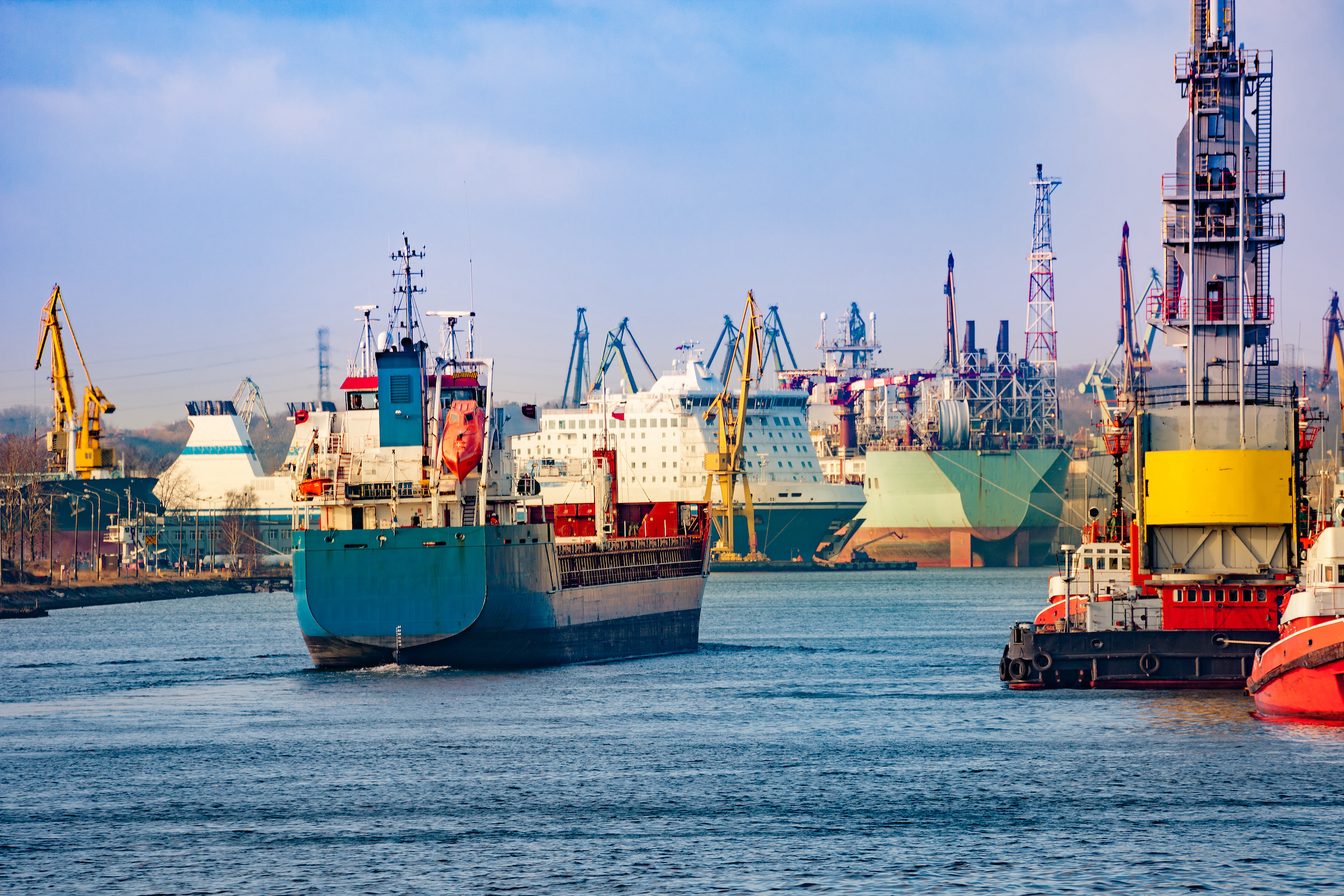
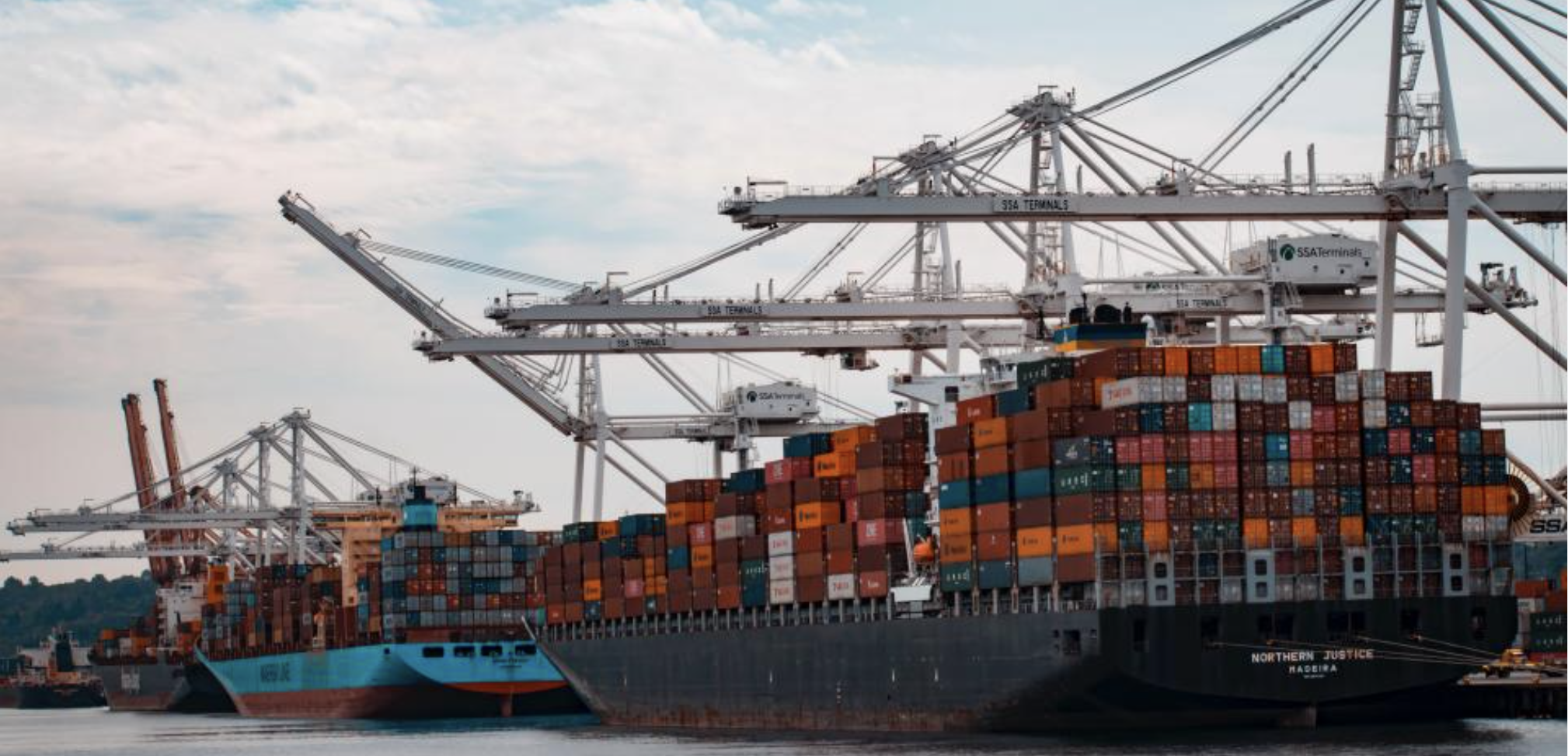
-scaled.jpg)
